
Copernical Team
NASA says 'emergency' audio from ISS was simulation exercise
 NASA said that audio indicating distress over a sick crew member on the International Space Station Wednesday was part of a simulation exercise.
NASA said there was "no emergency situation going on aboard the International Space Station" in a post on the ISS X account.
"At approximately 5:28 p.m. CDT, audio was aired on the NASA livestream from a simulation audio channel on the g
NASA said that audio indicating distress over a sick crew member on the International Space Station Wednesday was part of a simulation exercise.
NASA said there was "no emergency situation going on aboard the International Space Station" in a post on the ISS X account.
"At approximately 5:28 p.m. CDT, audio was aired on the NASA livestream from a simulation audio channel on the g Frenchman found dead at Russia's Baikonur cosmodrome
 A Frenchman has died apparently of dehydration after illegally entering the territory of Russia's Baikonur space base in Kazakhstan for "extreme" tourism, officials said this week.
"Our embassy... has been informed of the death of a French tourist. It has been mobilised to offer support to his family," a diplomatic source told AFP on Thursday, two days after Russian authorities announced the
A Frenchman has died apparently of dehydration after illegally entering the territory of Russia's Baikonur space base in Kazakhstan for "extreme" tourism, officials said this week.
"Our embassy... has been informed of the death of a French tourist. It has been mobilised to offer support to his family," a diplomatic source told AFP on Thursday, two days after Russian authorities announced the Voyager 1 returning science data from all four instruments
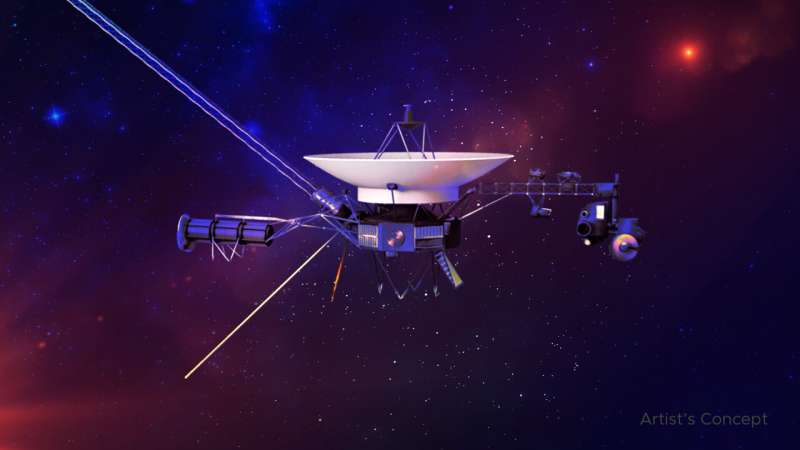
NASA's Voyager 1 spacecraft is conducting normal science operations for the first time following a technical issue that arose in November 2023.
The team partially resolved the issue in April when they prompted the spacecraft to begin returning engineering data, which includes information about the health and status of the spacecraft. On May 19, the mission team executed the second step of that repair process and beamed a command to the spacecraft to begin returning science data.
Two of the four science instrumentsreturned to their normal operating modes immediately. Two other instruments required some additional work, but now, all four are returning usable science data.
The four instruments study plasma waves, magnetic fields, and particles. Voyager 1 and Voyager 2 are the only spacecraft to directly sample interstellar space, which is the region outside the heliosphere—the protective bubble of magnetic fields and solar wind created by the sun.
While Voyager 1 is back to conducting science, additional minor work is needed to clean up the effects of the issue.
Week in images: 10-14 June 2024
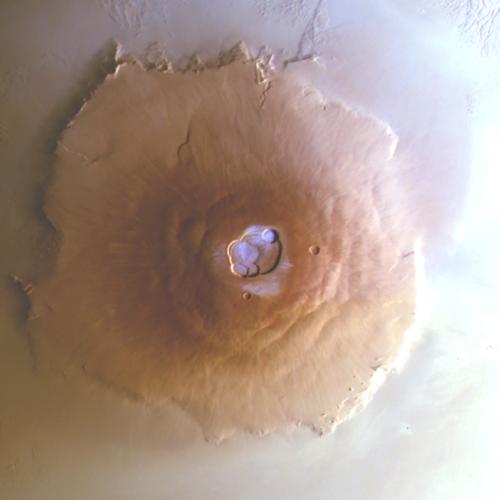
Week in images: 10-14 June 2024
Discover our week through the lens
Ariane 6 launches GRBBeta: small satellite, big astrophysics
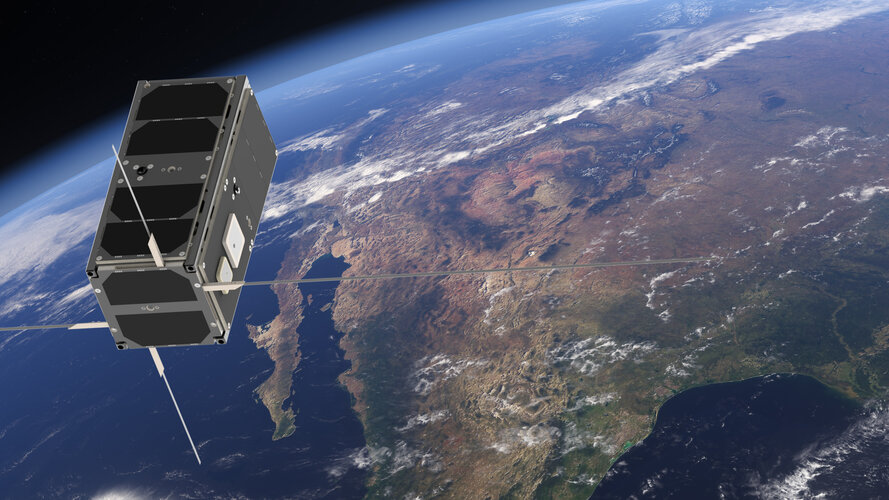
Europe’s newest rocket soon launches, taking with it many space missions, each with a unique objective, destination and team at home, cheering them on. Whether launching new satellites to look back and study Earth, peer out to deep space or test important new technologies in orbit, Ariane 6’s first flight will showcase the versatility and flexibility of this impressive, heavy-lift launcher. Read on for all about GRBBeta, then see who else is flying first.
Ariane 6 first flight tracking infographic
Earth from Space: Heel of Italy
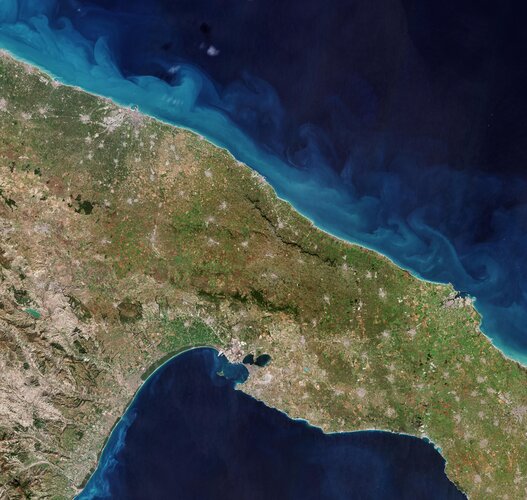 Image:
The Copernicus Sentinel-2 mission takes us over a section of Italy’s heel in the southern part of the boot-shaped peninsula.
Image:
The Copernicus Sentinel-2 mission takes us over a section of Italy’s heel in the southern part of the boot-shaped peninsula. New approach could take space missions to new heights
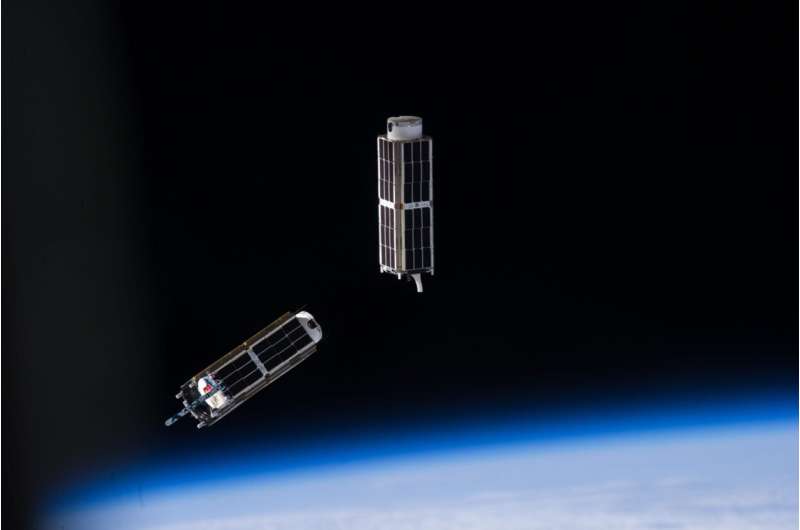
New Curtin University research could change how space missions are conducted and lead to improvements in industries as diverse as environmental management, agriculture, disaster management and infrastructure inspection.
A team from Curtin's School of Earth and Planetary Sciences has developed a breakthrough in operating and monitoring small satellites, known as CubeSats.
The project saw new algorithms created to use links between satellites to precisely determine a CubeSat's position, whether flying individually or in formation.
Project lead Professor Ahmed El-Mowafy said the new approach overcomes many of the constraints faced when using CubeSats, such as their small size and changes in aerodynamic forces affecting their orbits.
"These new methods mean CubeSats can now operate more independently, without the need for constant human control," Professor El-Mowafy said.
"When human control is needed, the CubeSats are simpler to manage and can be guided and controlled in real time—making them far more efficient to use in space missions.
"We can now operate them and be precise down to a few centimeters, which is a huge improvement on the previous accuracy level of several meters.
NASA cancels spacewalk at ISS over 'spacesuit discomfort issue'
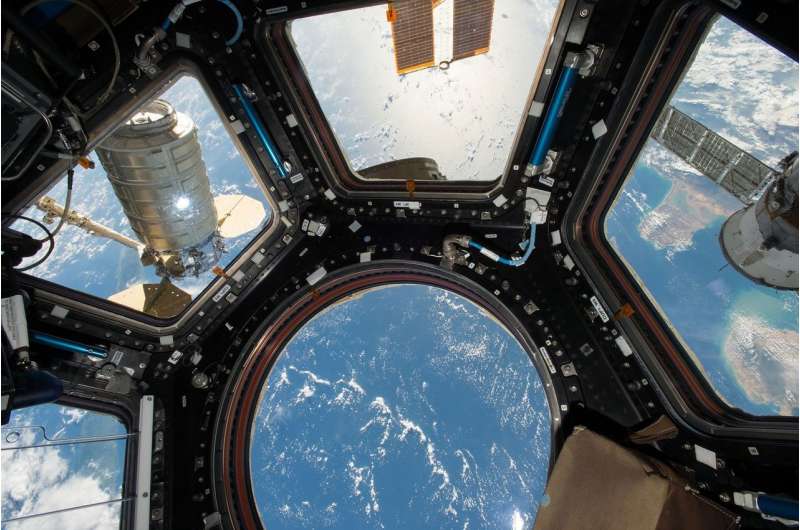
A spacewalk scheduled for two astronauts outside the International Space Station was canceled by NASA about an hour before it was to begin Thursday morning.
"The spacewalk today, June 13, at the International Space Station did not proceed as scheduled due to a spacesuit discomfort issue," NASA said on its blog. No other details were immediately given.
"The spacewalk today, June 13, with NASA astronauts Tracy C. Dyson and Matt Dominick at the International Space Station will not be proceeding as scheduled," NASA said.
NASA said Tracy C. Dyson and Matt Dominick, the astronauts scheduled for the space walk, started taking off their spacesuits at approximately 7:25 am EDT, about an hour before the crew was anticipated to exit the ISS through an airlock.
Dyson and Dominick's spacewalk was supposed to include station maintenance and science work.
In announcing the spacewalk, NASA said two astronauts would remove some communications equipment from one of the ISS's laboratory modules with assistance from a robotic arm on the station. Dyson and Dominick were also going to swab surfaces on the ISS to "determine if microorganisms released through station vents can survive the external microgravity environment.

